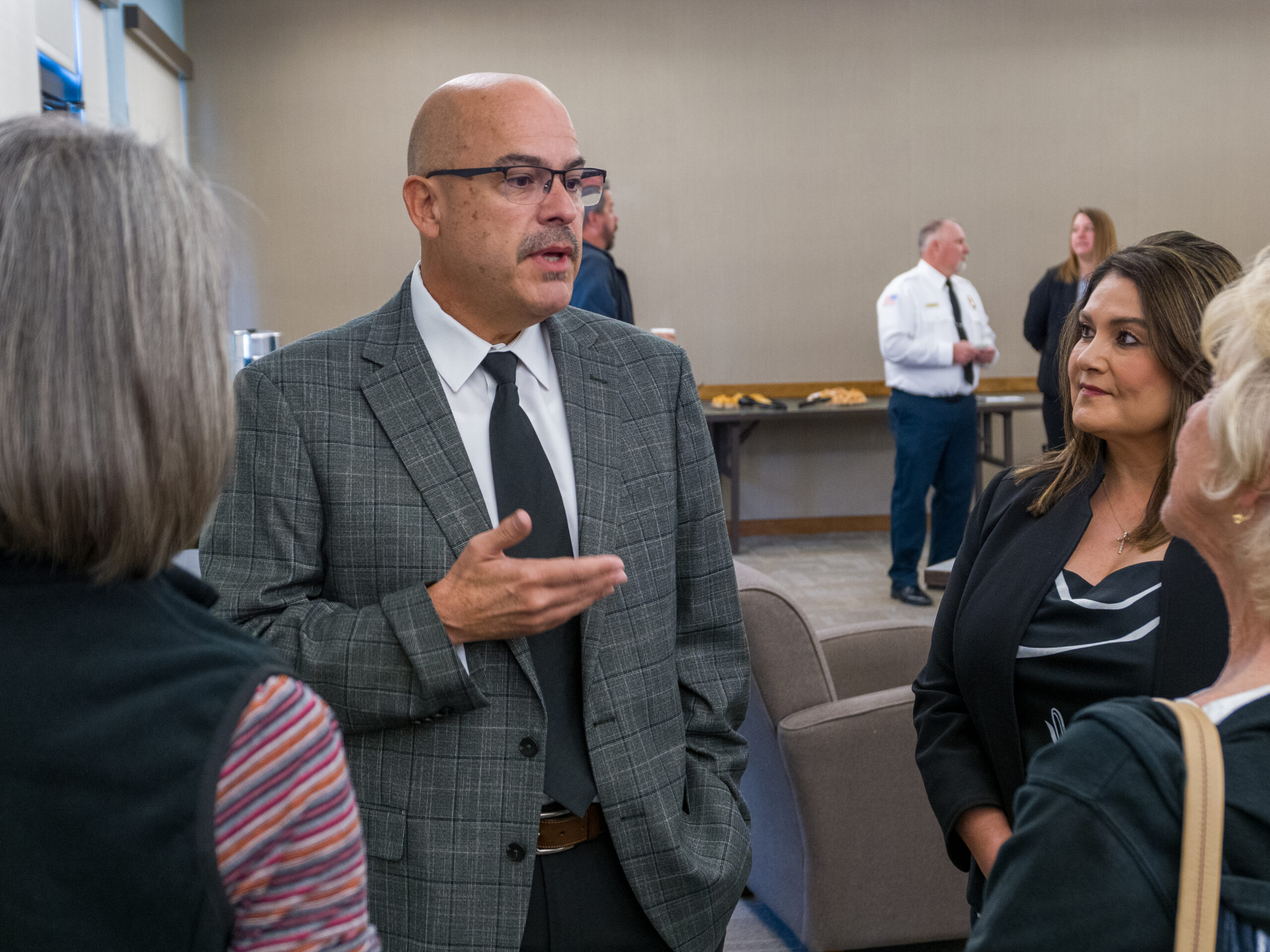Because of the itinerant and mutable nature of homelessness, getting truly representative population figures are difficult. In January, the Arizona Department of Housing published a 2017 report that stated 167 homeless people had been identified in Yavapai County.
128 of the unsheltered were located in the Verde Valley. 128 people may seem like a small figure compared with the overall population, but it is still a population that experiences significant need, especially during cold winter nights.
“Though it’s been relatively mild this fall, colder temperatures are coming, which means many of our residents who are without permanent homes will be at risk,” city of Cottonwood Mayor Timothy Elinski said. “I have recently joined the board of the Verde Valley Homeless Coalition, and am pleased to serve with this group of advocates and caregivers.”
Elinski added that in initial stages, they are working hard to find real solutions to permanent housing. The VVHC, which bills itself as a “continuum of care representing the communities of Cottonwood, Clarkdale, Camp Verde, Sedona, Rimrock, Cornville and other surrounding areas,” seeks to address the material aspects of homelessness as well as its underlying emotional and health-related causes.
According to Raena Avalon, acting chair of the VVHC, there are major gaps in the services available to the temporarily and permanently homeless. Currently, the Verde Valley has no dedicated homeless shelter, leaving lodging during cold winter nights up in the air for many.
Last year, the VVHC’s One Night, One Room program, which attempted to pair those in need of a room during winter nights with hotels and motels, foundered due to the negative impact on area hotels. Avalon said that a lot of the hotel rooms were abused.
“[That program] helped assist those in need during freezing temperatures,” Elinski said. “This program no longer exists, but there are many people working together to find emergency solutions for those who need it, which may include temporary emergency shelters at participating churches.”
Elinski said the closure of One Night, One Room has impacted local advocates’ ability to find shelter, should someone need it. As a result, there is not currently much more than an invested party can do other than refer homeless people to legal campsites.
As a result of the need for more palpable results, VVHC began the process to become a 501(c)(3) nonprofit in order to focus on fundraising and grant application. Additionally, the organization is in the process of opening The Front Door, a “single- entry point for coordinated entry for the homeless seeking housing.”
As designed, Front Door would allow homeless people to be screened once via a Homeless Management Information System for all nearby housing services and other material, employment and healthcare resources. Avalon said that the Verde Valley is the only area in Yavapai County without a Front Door-style service.
According to Camp Verde Mayor Charlie German, Camp Verde is fortunate to have a strong rural identity, and thus a community-minded response to homelessness. German said homelessness impacts residents of a close-knit community more directly than larger urban areas, prompting a response that includes a largely informal network of individuals, families, businesses and — probably more than anything else — churches.
Elinski, who as a board member of VVHC represents people throughout the Verde Valley, encourages people interested in getting involved in the discussion, serving on the board or volunteering time or resources to visit verdevalleyhomelesscoalition.org. Catholic Charities may also be contacted for referrals to resources at 634-4254.



